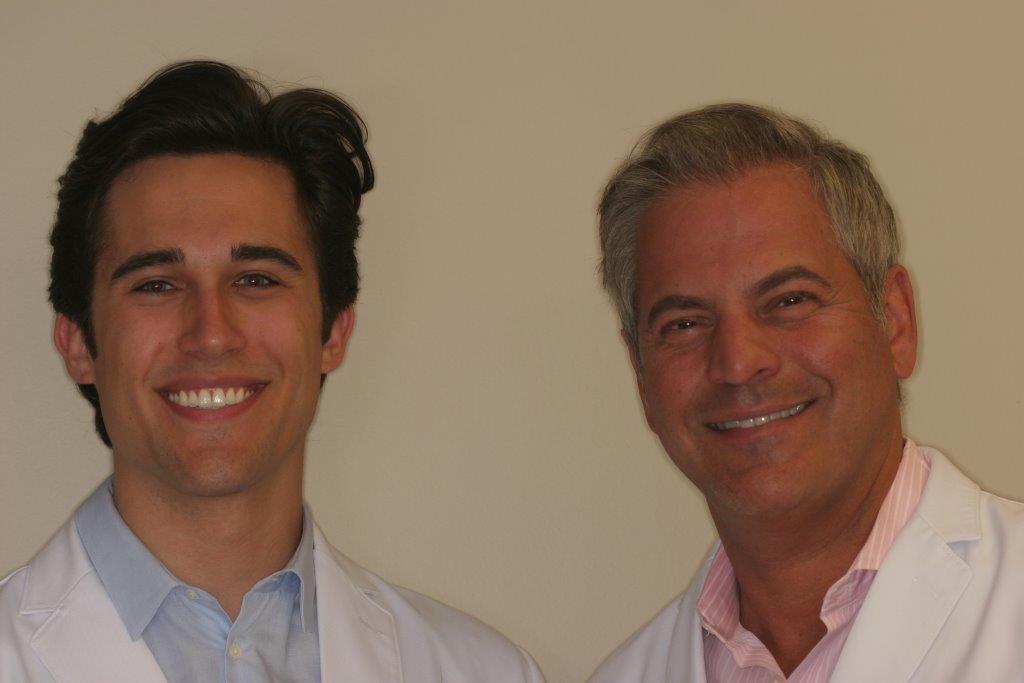
Dr. Andrew Beswerchij and Dr. Robert DiPilla
Gaining a prospective patient’s trust is a top priority. Someone is there to see you because of a personal recommendation, advertisement, or your brand new marketing campaign. In their eyes, you’ve already done something great…it’s up to you to keep your good reputation.
Now, the patient has already done the hardest part, sitting in your chair. If anxious, alleviate their concern; if uncertain, simply ask how. A good start is to ask what you can do to make them comfortable. The question alone, regardless how small the request, is a gesture of good will.
Just as you inform your staff to be proactive and anticipatory, do so yourself; for example, let’s use the clinical exam. Begin by stating the part of the exam you are performing, “I’m palpating your lymph nodes to check for any inflammation: a sign of possible infection.” Verbalizing your actions beforehand demonstrate your knowledge and skill, but moreover, comfort the patient.
Verbally guiding your exam is a great  way to remember each step of your clinical exam too. Your patient is not the only who should ask questions. While performing the TMJ exam by palpating the masticatory muscles ask, “Any tenderness or pain when you wake up?” The patient shall reply yes or no, after which you can explain consequences of clenching and grinding. One question opens the door to making an occlusal guard for a patient.
way to remember each step of your clinical exam too. Your patient is not the only who should ask questions. While performing the TMJ exam by palpating the masticatory muscles ask, “Any tenderness or pain when you wake up?” The patient shall reply yes or no, after which you can explain consequences of clenching and grinding. One question opens the door to making an occlusal guard for a patient.
Continuing on, use an oral cancer light to check for any early signs of oral cancer. Here, again, explain the reasons for the screen. It’s also an opportunity to educate about early screening and prevention they may not be aware of. New information is likely to spread, which in this case hopefully they take home with them to educate their family or simply share their experience. Technology is an excellent way to enhance the quality of your exam and care for your patient.
If impressions are needed for diagnostic models, inform the patient about the steps. Filling the tray with the right amount of material is both necessary for an accurate impression and patient experience. Educating your staff how to take proper impressions is a valuable exercise to perform in your office. Your patients will thank you for it!
Examine the remaining mucosal and dental tissue with a similar mindset. Once you’ve asked your patient everything you’ve set to cover, ask if there is anything else they wish to go over with you. In a nutshell: ask questions, listen, and create a well-structured system that will form good habits over time. Clear communication allows a patient to see your good intentions, instilling trust: a value quite priceless.
If you have questions about my article or if you would like to send a case, please contact the Pacific Aesthetic Laboratory Group at www.pacificaestheticdentalstudio.com, Gary Vaughn, CDT, CTO (916) 786-6740, or via email gvaughn@thePAC.org.

